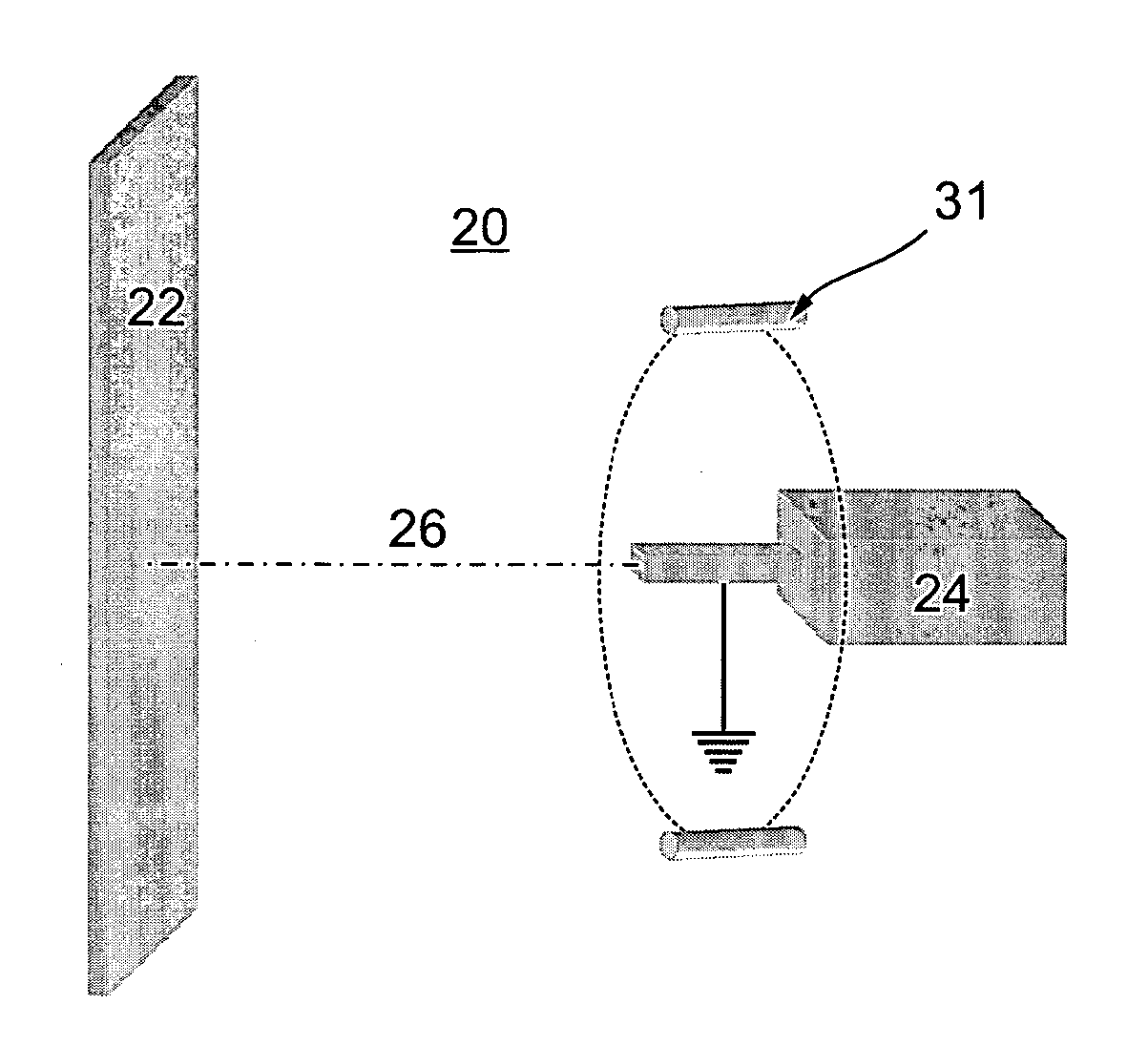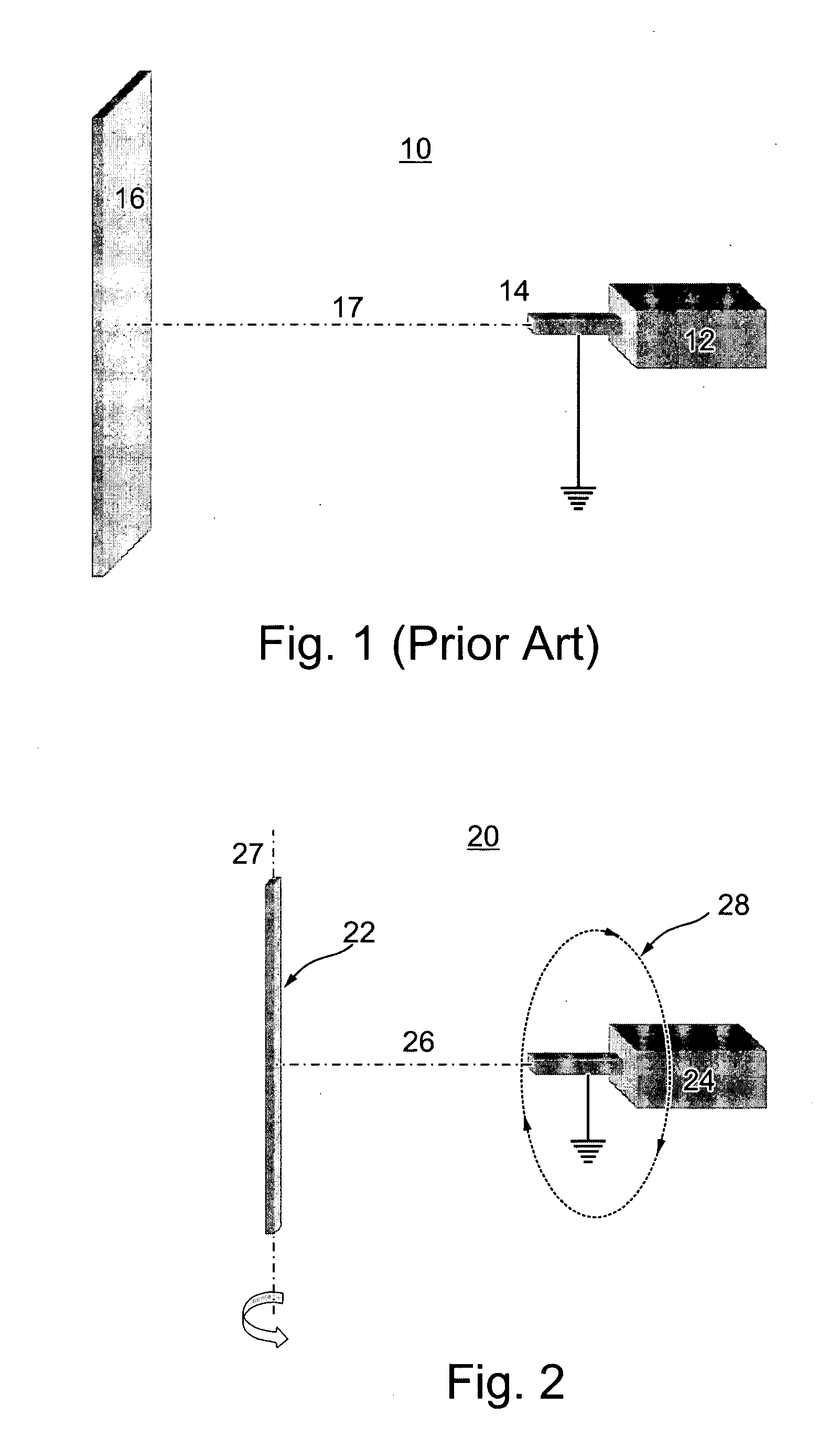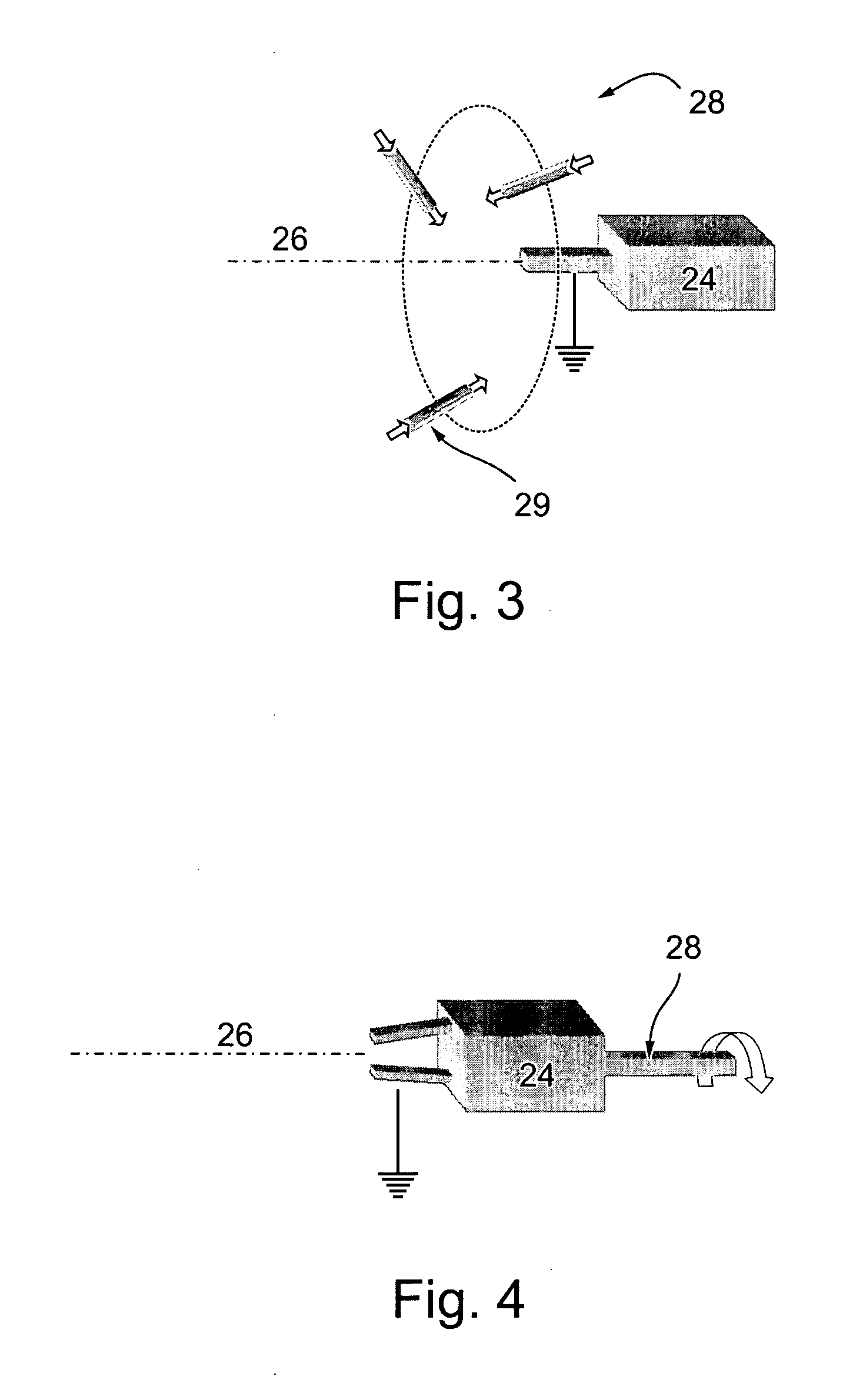Method and apparatus of improving mechanical characteristics of nonwoven materials
a nonwoven material and mechanical characteristic technology, applied in the direction of turning machines, turning machine accessories, drawing profiling tools, etc., can solve the problems of less than optimal cross-directional strength, and conventional non-woven products
- Summary
- Abstract
- Description
- Claims
- Application Information
AI Technical Summary
Benefits of technology
Problems solved by technology
Method used
Image
Examples
Embodiment Construction
[0102] Reference is now made to the following example, which together with the above descriptions, illustrate the invention in a non limiting fashion.
[0103] Vascular prostheses, 6 mm in diameter and 200 mm in length were manufactured. A rod, 6 mm in diameter and 300 mm in length was used as a precipitation electrode, and its central 200 mm portion was coated at ambient temperature (24.degree. C.). The precipitation electrode was rotated at an angular velocity of 100 RPM.
[0104] A silicon polycarbonate urethane copolymer CarboSil 20 was purchased from Polymer Technology Group Incorporated, and was used for prostheses manufacturing. This polymer has satisfactory fiber-generation abilities, it is biocompatible and rather strong. A mixture of dimethylformamide and toluene of ratio ranging from 1:1 to 1:2 was used as a solvent in all experiments.
[0105] A spinneret was used as the dispensing electrode, the inner diameter of the spinneret was 0.5 mm, and the flow-rate was 3 ml / h. The dispen...
PUM
| Property | Measurement | Unit |
|---|---|---|
| diameter | aaaaa | aaaaa |
| diameter | aaaaa | aaaaa |
| diameter | aaaaa | aaaaa |
Abstract
Description
Claims
Application Information
 Login to View More
Login to View More - R&D
- Intellectual Property
- Life Sciences
- Materials
- Tech Scout
- Unparalleled Data Quality
- Higher Quality Content
- 60% Fewer Hallucinations
Browse by: Latest US Patents, China's latest patents, Technical Efficacy Thesaurus, Application Domain, Technology Topic, Popular Technical Reports.
© 2025 PatSnap. All rights reserved.Legal|Privacy policy|Modern Slavery Act Transparency Statement|Sitemap|About US| Contact US: help@patsnap.com



